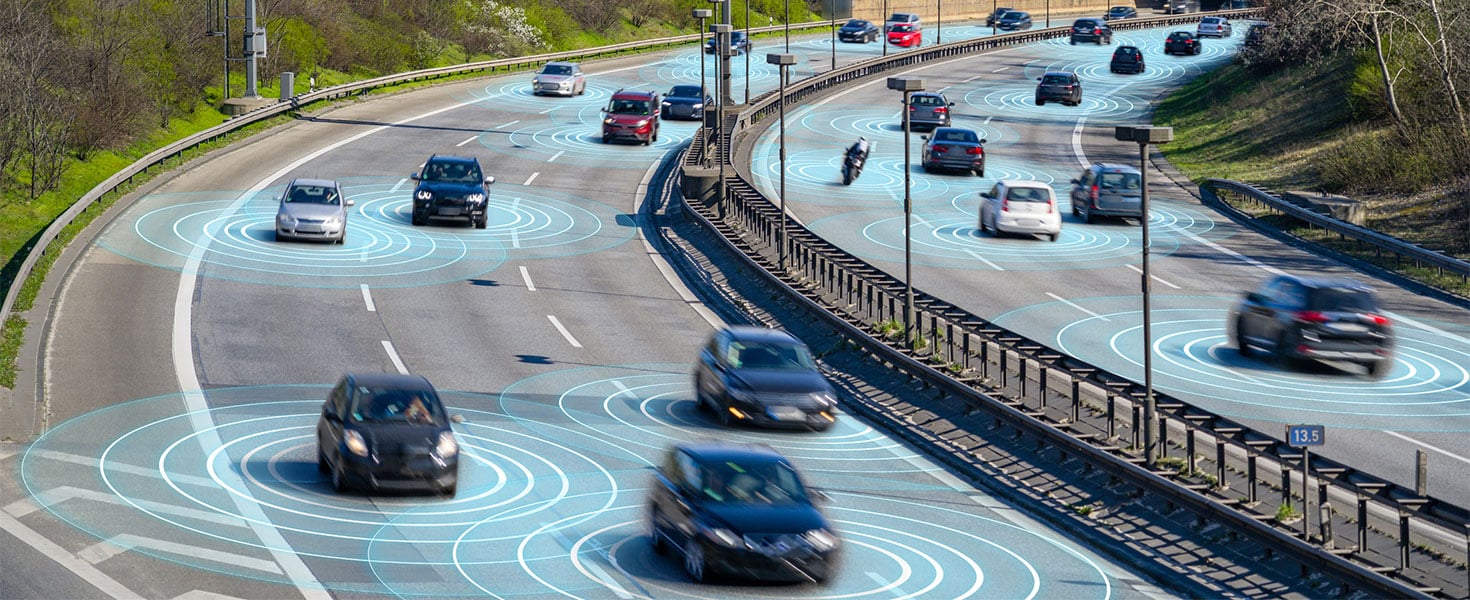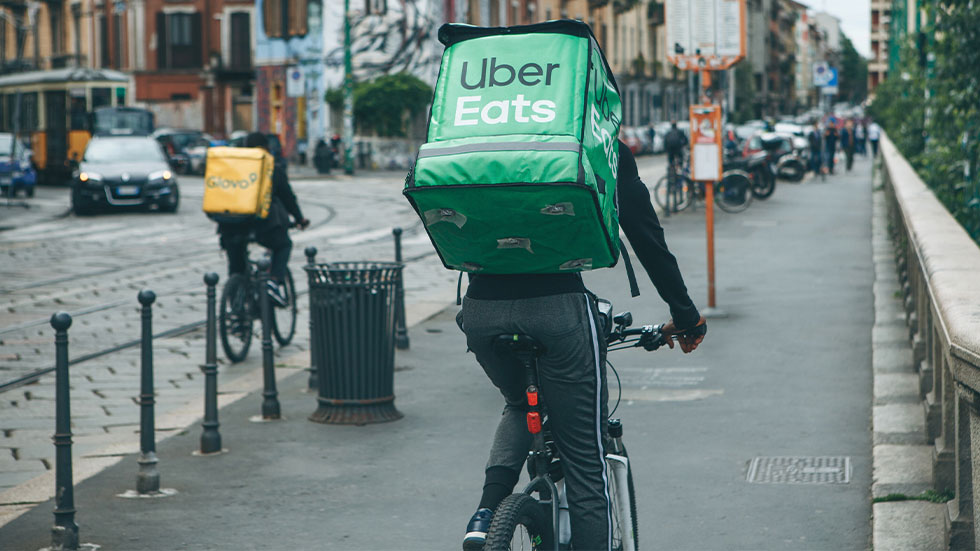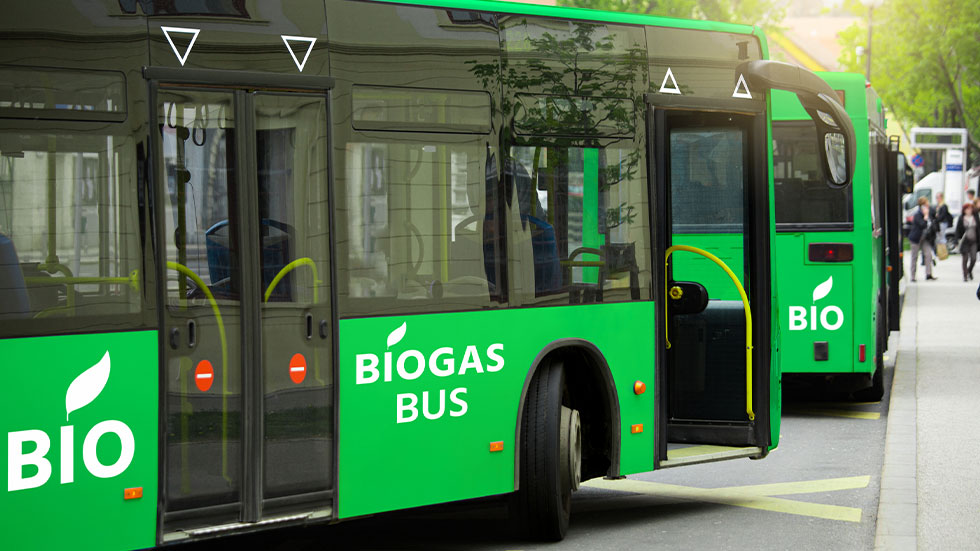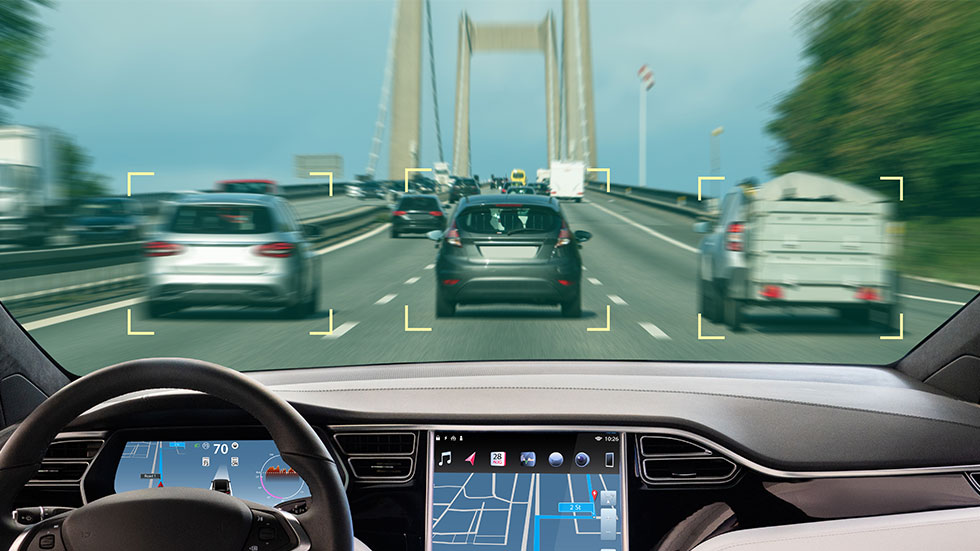What Does Future Transportation Look Like?
Reshaping how we transport people and goods—biogas, global mobility and more


When it comes to transportation, whether we are talking about moving passengers from point A to point B, or moving goods from a manufacturer to a front door, global mobility is in the midst of an upheaval. With new innovations every day, transportation experts point to lingering supply-chain issues, the rise of AI, shifting consumer demand, high gas prices, and manufacturers releasing more fully electric vehicles as the biggest catalysts. In short, we are likely to change how we think about day-to-day transportation in the next few decades.
So, what does the future of transportation hold for the average consumer or commuter? What can we expect to see in the next five to ten years? The answers are complex. From the fuel that powers our vehicles to the methods we will become accustomed to for traveling short distances, we are already seeing signs of what the future holds. The innovations will continue, and we will have a front-row seat.

MORE MOBILITY-AS-A-SERVICE (MAAS)
As our mobile devices increase their significance in our lives, integrating with every minute of our daily grind, it is not surprising that they are also reshaping our demand for transportation. Defined as the integration of transport services into something that is accessible on-demand—Mobility-as-a-Service, or MaaS—can already be seen in services like Uber, Lyft, DoorDash, and electric scooters, just to name a few.
As Americans continue to look for ways to simplify aspects of their lives—like having groceries delivered—experts also predict significant investment in what is known as Last Mile Delivery (LMD). The term refers to the final leg of a product’s trip to the consumer’s front door, which represents 53% of its transportation cost, and the LMD market is predicted to expand significantly in the next decade. As a result, companies have a personal stake in lowering this expense and LMD is expected to push technologies like AI, autonomous driving, and “crowdsourcing” to continue innovating through services like Uber Eats and Instacart.
ELECTRIFICATION
Auto manufacturers appear to be on board with electrification, with states like New York announcing that the sale of virtually all-gas and diesel-powered vehicles will be banned by 2035, and the UK banning sales by 2030. In the U.S., transportation generates about 28% of total greenhouse gas emissions.
The availability of EV charging stations in the U.S. still leaves something to be desired, and many consumers are still hesitant to make the leap to an EV. The good news is that battery range on EVs continues to improve, production of batteries and semiconductors will ramp up in the U.S. over the next decade, and we should see the charging infrastructure become more robust and ubiquitous.

FUTURE FUELS
In the U.S., transportation is the largest source of greenhouse gas emissions (next to power generation) and it accounts for 70% of all domestic oil consumption. It is no surprise then that significant effort is being put into finding alternative, renewable sources of fuel for everything from our daily drivers to passenger jets.
Fuels like biogas can be produced without drilling into the ground and are also carbon neutral to burn, so they make ideal vehicle fuel. The same is true for hydrogen, but there are still challenges in terms of manufacturing it to scale. We will see more hydrogen fuel stations soon, but for now there are just over 100 in America. Not only can these “future fuels” reduce our dependency on crude oil, but they will have many beneficial side effects, like making traffic congestion less toxic for the environment.

AI, VEHICLE-TO-EVERYTHING (V2X) & AUTONOMOUS VEHICLES
Traffic congestion is a major headache for commuters, costing the U.S. billions in lost productivity each year, and idling, combustion vehicles on roads are major sources of pollution. So much of the innovation we will see in this area will be to make the transportation process more efficient.
AI is the word of the day right now, so it should come as no surprise that it is being leveraged to ease our traffic woes. As vehicles become more connected, manufacturers expect that they will soon be able to communicate with smart infrastructure, such as traffic lights, signs, and parking lots. Some experts predict that we may someday see AI-powered traffic hubs in cities that help direct-connected vehicles to alter traffic flow and relieve congestion.
We are already seeing autonomous vehicles, so we can expect to see this technology blossom and become more commonplace in the coming years. Additionally, we will see our vehicles take over more of our active driving tasks as the vehicle models inch toward a fully automated driving experience (one which requires no active driving input from passengers).
CONCLUSION
The future of transportation is bright, even if the exact paths it will take and how our perspectives on transportation will change are difficult to predict. We can foresee that innovations like AI, electrification, and Mobility-as-a-Service are here to stay, and will continue to push our transportation expectations in new, exciting directions.
